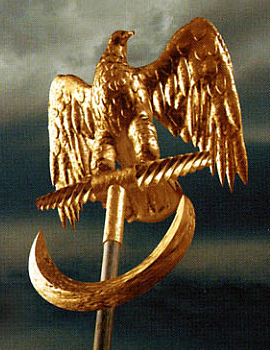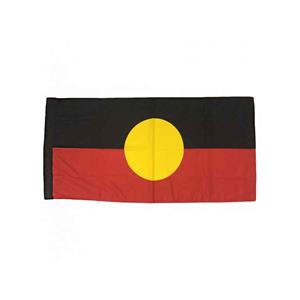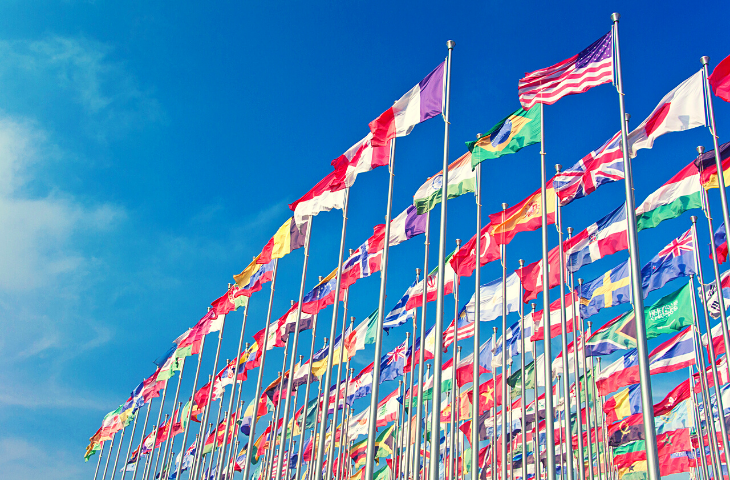Why do we still fly the flag after all these years? We see them outside embassies, carried by Olympic athletes, and flying atop national icons such as the Harbour Bridge. But why are flags associated with such a deep sense of pride?
Representative of countries, religions, nations, schools, businesses and associations, flags stir up a variety of feelings around the world. Associated with nationalism, belonging, and a sense of community and identity, these colourful, flying rectangles of fabric symbolise so much more than just a country of origin.
The History of Flags
The earliest flag is thought to have come from Iran around 3000 BC, was made of metal, and probably didn’t do too well in the wind. But the early purpose of flags was for warfare, with national pride a later side effect of expanding empires. The design then progressed to decorated spears, staffs, ribbons or silk decorations, all used to identify friends or enemies in a large crowd of soldiers.
National (or tribal) flags were carried on chariots and displayed on the walls of captured cities, making clear the new rulers of the land. The Roman Empire, notorious land-conquerors, also used a form of flag. Their banners identified military ranking: infantry had a horse or a wolf for their standard, and cavalry bore a snake. However, the main source of national pride for Rome was the Golden Eagle.
Made from bronze or silver and attached to the top of a staff, the golden eagle was representative of everything Roman. While not a traditional flying flag, the golden eagle was used in the same way as a modern flag, only likely heavier.
During World War I, the carrying of flags on the battlefield was abolished, mostly because the flagbearer was in too much danger as an obvious target.

Symbolism of Flags
Flags aren’t just a way to identify a group of warring nations. Once upon a time, they would also denote the status, association or religion of a person or group.
In medieval times, flags bore a coat of arms or a crest, a practice known as heraldry. Each colour on the flag symbolised something, a practice that has extended to flags around the world. Red was typically used to show military strength, gold for generosity, and white for peace. The more colourful a flag, the nobler (or richer) the flagbearer was likely to be. Except for the black flag used by pirates, who were probably rich through unfavourable action.
Even today, the colour of flags is hugely significant. In China, red is symbolic of good luck, although on the flag it represents the communist revolution. The red circle of the Japanese flag shows the rising sun, a significant part of Japan’s mythology.
In contrast, the Aboriginal flag features a yellow sun, with the red half symbolising the earth and people’s relationship to the land. The black half of the flag represents the Aboriginal people.

Crests and images also play an important role in flag design. The cedar tree of the Lebanese flag relates to the 18th century Maronite Christians and the red, white and green pay homage to the country’s French past.
The lion features on many flags of royalty and nobility, the most notable being the personal flag of Richard the Lionhearted. The flag of Bhutan features a white Thunder Dragon (purity and loyalty), the orange portion represents the Drukpa monasteries and yellow; the royal family.
Many modern national flags draw on the original royal crests, religions, and colours of a country’s past, making each flag a small study of a nation’s history. For instance, many European flags still display the Christian cross of the crusades, and the British Union Jack incorporates the three crosses of England, Scotland and Ireland.
What are Flags Used For?
Flags aren’t just used by proud athletes at the Olympics! And although country capture is less prevalent than days of old, flags are still used to proclaim sovereignty, such as the American flag on the moon (1969), or the Union Jack at the summit of Mount Everest (1953).
We’ve used them for schools, families, and large organisations or events such as the European Union or the Olympics. Flags represent communities such as the LGBT community or a favourite football club. We fly them as symbols of pride and belonging, and we lower them to half-mast to show respect and mourning.
Flags are used to mark the start of a race, in sports games, or for showing the safe swimming areas at the beach. Semaphore flags convey messages and are still used today, even with the presence of modern technology. Speaking of technology, flags are so integrated into our culture that we “flag” emails to return to and issues that need attention.
We still use flags at sea with strict protocol, and although many railway systems utilise lights, flags are still an important part of their function.
Flags are available with a huge array of designs, and it’s possible to purchase most national and state flags for personal or official use. Flags can also be custom designed, continuing an old tradition of representing a group of people with a design that’s befitting.

